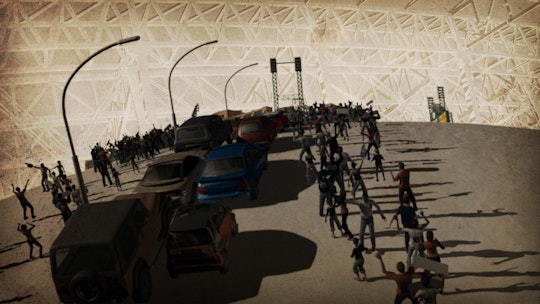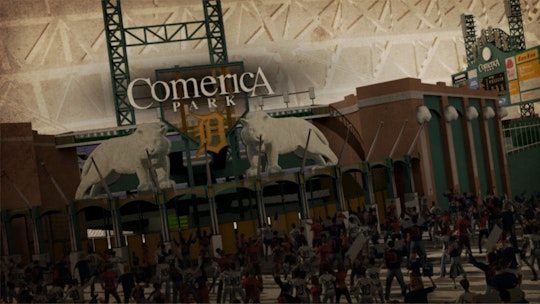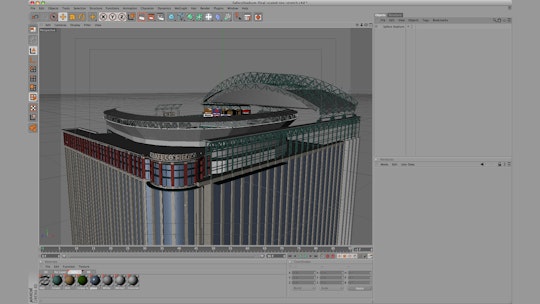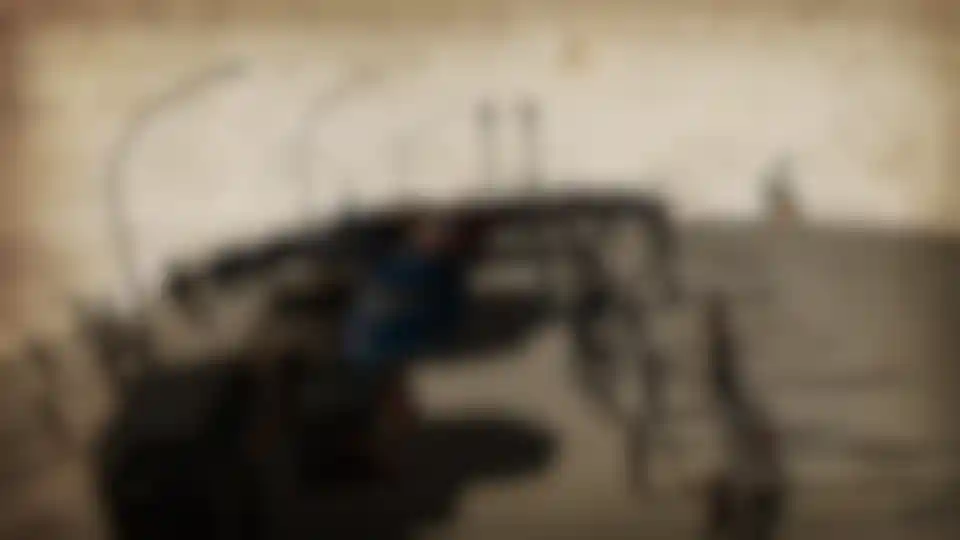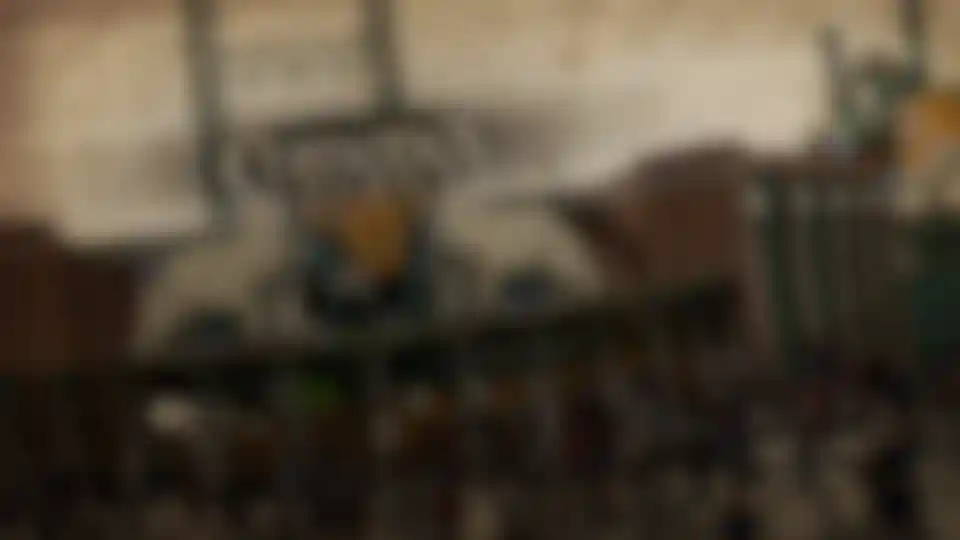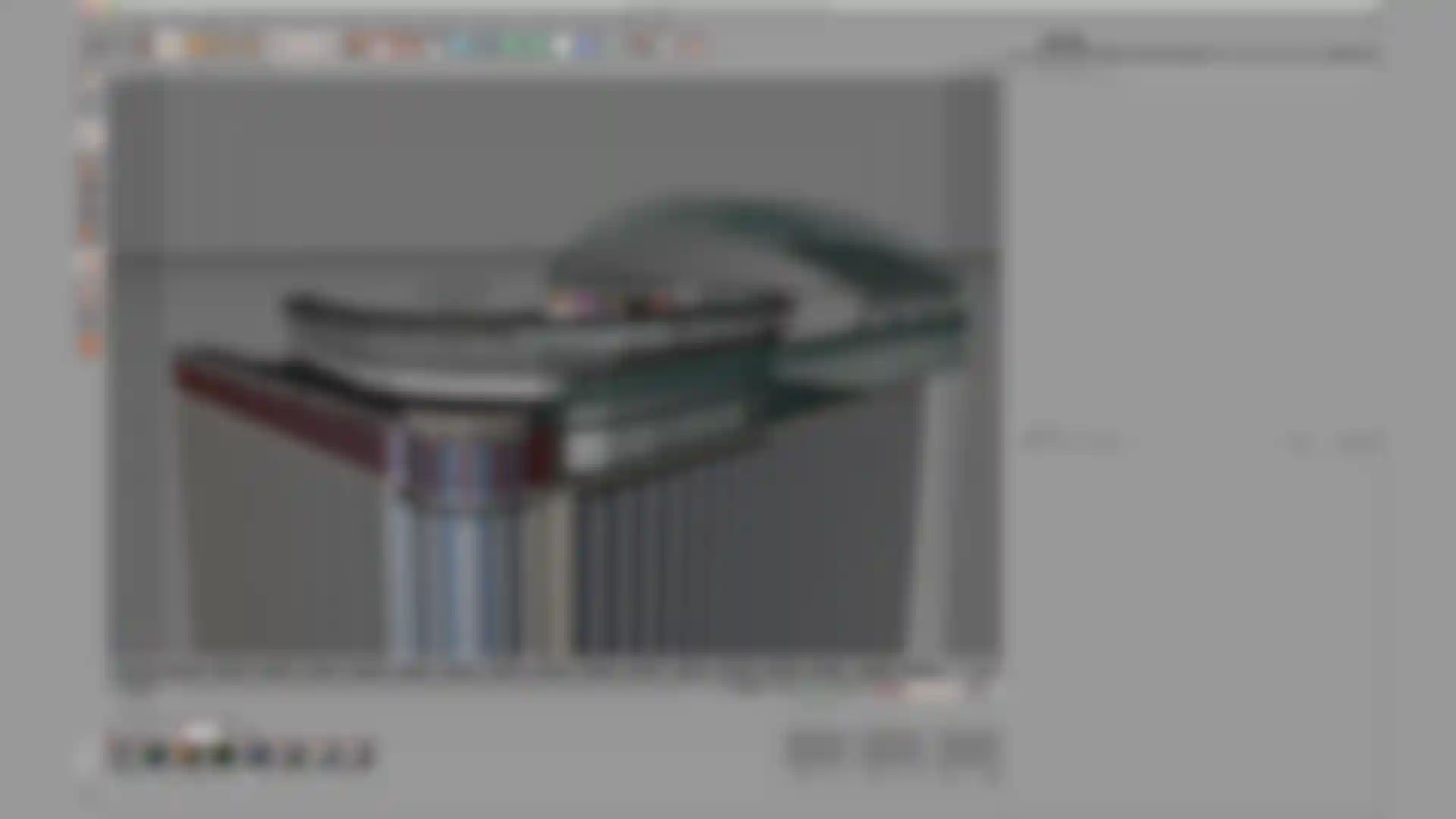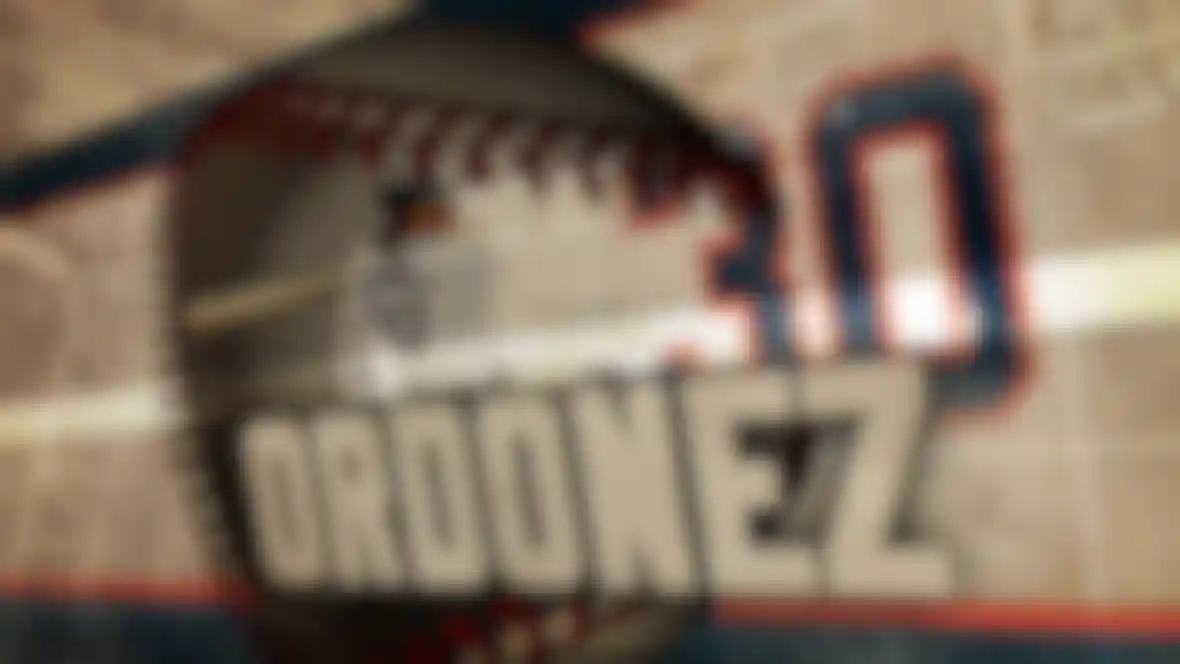
MFactor Scores a Grand Slam with Cinema 4D for FSN's Major League Baseball Show Packages "Stitches" weave fans and an unraveling baseball into a slick new look for MLB games.
For years, the Fox Sports Net's (FSN) show packages for Major League Baseball (MLB) had a similar look, regardless of which teams were playing. This worked well for a while but when the network made it known this past spring that they were looking for a different creative direction that gave each team a promo with a custom look all their own, Venice, California-based MFactor pitched several ideas and got the job. The motion and graphic design house, led by co-founders Ming Tai, Marc Kazlauskas and Mel Kimman, had a little over two months to come up with broadcast, outdoor and print campaigns for the 11 teams' FSN covers.
Knowing the importance of giving all of the creative elements a regional feel, MFactor came up with the idea of having fans be the unifying theme of the design. Artists working on the project relied on Maxon's Cinema 4D for the creation of all 3D elements and animation for the project, from the storyboarding stage forward, says Tai, who has been using Cinema 4D since 2004. "Cinema 4D is embedded in our whole creative process from storyboarding to the final product, so it's hard to foresee doing anything without it," adds Tai, who worked as FOX Sports' in-house creative director in the past.
While the scenes where fans are shown walking and driving up to stadiums utilized stock models and motion capture data brought together in Cinema 4D for rendering and animation, moments where fans are actively waving banners and cheering were created using live-action footage shot in HD.
With such a tight timeframe, it helped that many of the overall elements for the spots, such as the featuring of key players, the camera move that rolls as it approaches each stadium, as well as CG cars and fans, were essentially the same for each one. Still, it was a lot of work to change the look of uniforms, stadiums and the environment around the stadium to reflect the branding of every team. For example, Safeco Field, home of the Seattle Mariners, weighed in at 172,367 polygons, with the final file for the whole project topping out at 650 GB. Not surprisingly, rendering was at times "laborious", says Tai. "Even with a render farm some scenes took 12 to 14 hours, especially the ones with CG fans and stadiums."
Tai likes the way C4D fits well with MFactor's creative pipeline by integrating with After Effects and Photoshop and making renders much easier than they used to be. "Now we can do MAC-friendly renders relatively quickly and we don't have to invest in other forms of render engines," he says. "But we also like it because, as designers, we find it very user-friendly and even as it gets more complex, Maxon is keeping its core features."
MFactor is a "boutique" shop, so Tai and Kazlauskas did a lot of the work on the project themselves. In total, about twelve people were on the team, including longtime Cinema 4D user Rob Garrott who was brought in to do production animation, in particular everything that was 3D-related. Garrott's skills were especially useful, Tai says, in developing a workflow that would allow the easy exchange of objects for each baseball region. "Instead of physically importing a big stadium model every time we were able to use XRefs to reference a new stadium for each region… Rob really pushed the XRef system to its limit!"
Garrott also helped MFactor locate other highly skilled Cinema 4D users around the country to help out with the project. "It was really daunting doing all those stadiums, so it helped that we could have specific people just working on those," Tai explains. Using collaborative software like Adobe Connect and FTP storage, Garrott was able to manage the artists and provide them with direct feedback on their modeling progress. "When Ming and Marc told me about the scope of the project," Garrott recalls, "I said 'C4D can handle it!' And it did!"
